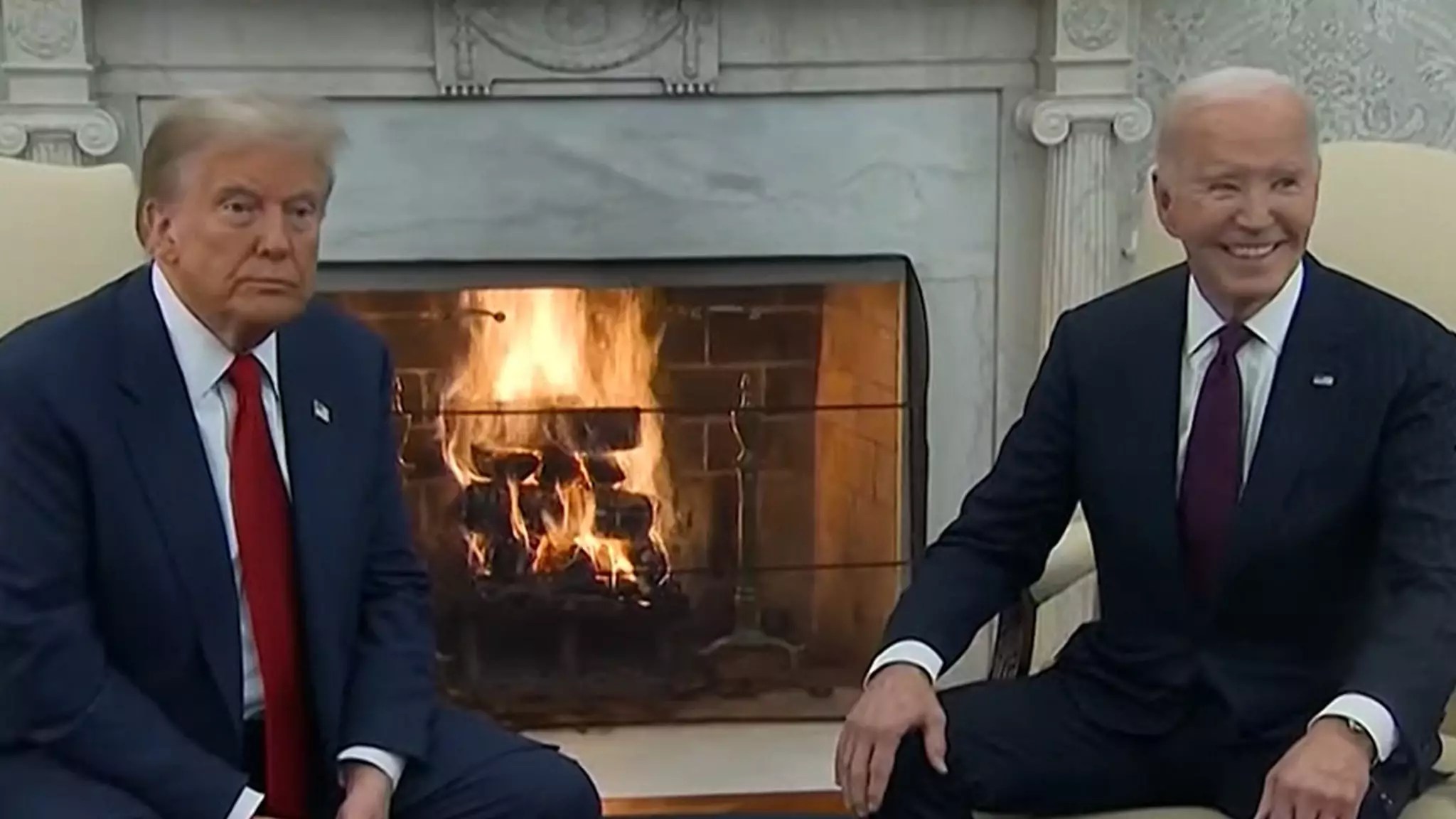The transfer of power between American presidents embodies a core tenet of democracy: the peaceful transition of authority. This ritual is not merely ceremonial; it symbolizes continuity and stability within the nation, regardless of political ideology or the contentious nature of electoral politics. The quintessential example of such transitions includes Barack Obama’s invitation to Donald Trump in 2016, signaling a spirit of bipartisanship amid a divisive electoral climate. Fast forward to today’s polarized landscape, where the invitation from President Joe Biden to President-elect Donald Trump marks an essential step toward unifying a nation recently shaken by political instability, notably the infamous events of January 6, 2021.
With Trump and Biden slated to meet in the Oval Office, the anticipation surrounding the event is palpable. However, this meeting is surely laced with tension. Trump’s controversial refusal to acknowledge the legitimacy of the 2020 election results creates a backdrop of mistrust that will not simply dissipate with smiles and camera clicks. Both men have significantly diverged in their public dealings and personal rhetoric, and while they may present a united front for the press, underlying conflicts challenge the prospect of genuine collaboration. During a time riddled with discord, both will need to navigate a nuanced landscape where their respective supporters watch closely.
In the world of politics, gestures carry weight. The absence of Melania Trump at the meeting, particularly in light of her remarks regarding the FBI raid on Mar-a-Lago, speaks volumes. Melania has voiced her discontent with the current administration’s actions, suggesting a rift that extends beyond mere protocol. While traditions dictate that First Ladies engage in parallel events, her decision not to attend with Jill Biden might signal deeper grievances, possibly fueling divisions within the GOP base as as they look to the future. The lack of cohesion among the spouses illustrates that the transition scenario remains fraught with feelings of resentment that could complicate diplomatic gestures.
Despite the looming tensions, Trump has begun the crucial task of assembling his Cabinet and establishing administrative structures, including the introduction of a new agency termed the Department of Government Efficiency (DOGE). The unique decision to have Elon Musk, a figure emblematic of innovation and bold strategies, co-lead this department alongside Trump ally Vivek Ramaswamy suggests a departure from traditional cabinet selections. The confluence of leadership styles raises eyebrows and invites speculation about the future direction of governance in the U.S. As Trump finds himself buoyed by an Electoral College victory and potential GOP majority in Congress, questions surrounding party unity become paramount.
As the sun sets on one presidency and rises on another, the narrative of American politics continues to evolve. The meeting today between Biden and Trump underscores the ongoing complexities that define not just this moment, but the road ahead for the country. While both men aim to portray an image of cooperation, their individual narratives and the political landscape will ultimately dictate the nature of their engagement. With an eye towards the future, the nation watches and waits, caught in the delicate balance of hope and skepticism that frames the American political experience.







Leave a Reply